Call it the “Little Bog of Horrors.” In what is believed to be a first for North America, biologists at the University of Guelph have discovered that meat-eating pitcher plants in Ontario’s Algonquin Park wetlands consume not just bugs but also young salamanders.
Category: food – Page 276
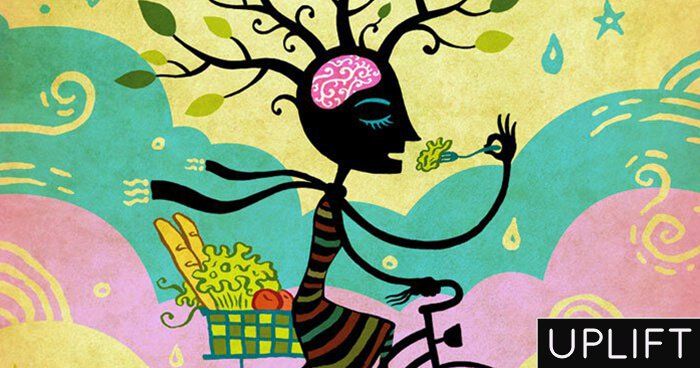
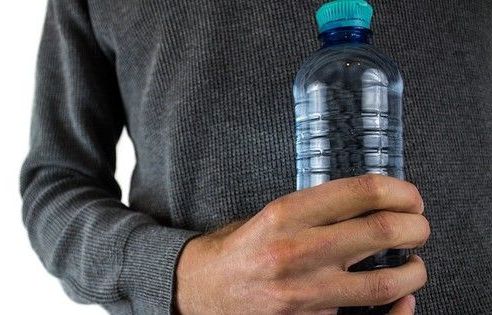
Humans ingest at least 50,000 plastic particles a year
Food is contaminated with plastic, which means it’s going directly into our bodies.
If you have resisted giving up bottled water for any reason, this should change your mind. A new study estimates that people who drink bottled water ingest 90,000 additional plastic microplastic particles annually, compared to those who drink tap water, which puts only an extra 4,000 particles into their bodies.
This finding is part of a study that has estimated the number of plastic particles that humans ingest every year. Conducted by researchers at the University of Victoria, British Columbia, it pulled together data from 26 previous studies that had measured plastic in salt, beer, sugar, fish, shellfish, water, and urban air. Pairing this data with the U.S. dietary guidelines, the scientists calculated how many particles people were likely to consume annually. Their discovery? 50,000 for adults, 40,000 for children. When inhalation is factored in, the estimate jumps to between 74,000 and 121,000 for adults.

Drugs make headway against lung, breast, prostate cancers
CHICAGO (AP) — Newer drugs are substantially improving the chances of survival for some people with hard-to-treat forms of lung, breast and prostate cancer, doctors reported at the world’s largest cancer conference.
Among those who have benefited is Roszell Mack Jr., who at age 87 is still able to work at a Lexington, Kentucky, horse farm, nine years after being diagnosed with lung cancer that had spread to his bones and lymph nodes.
“I go in every day, I’m the first one there,” said Mack, who helped test Merck’s Keytruda, a therapy that helps the immune system identify and fight cancer. “I’m feeling well and I have a good quality of life.”
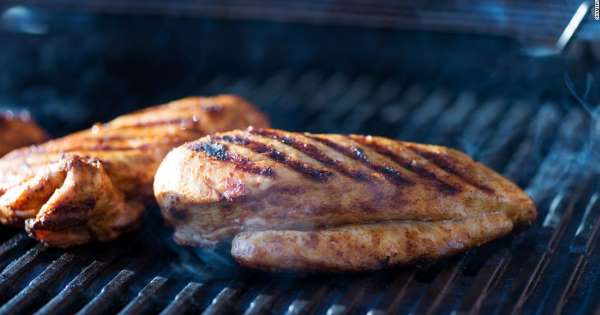
White meat is just as bad for you as red beef when it comes to your cholesterol level, study says
The red meat or white meat debate is a draw: Eating white meat, such as poultry, will have an identical effect on your cholesterol level as eating red beef, new research indicates.
The long-held belief that eating white meat is less harmful for your heart may still hold true, because there may be other effects from eating red meat that contribute to cardiovascular disease, said the University of California, San Francisco researchers. This needs to be explored in more detail, they added.
Non-meat proteins such as vegetables, dairy, and legumes, including beans, show the best cholesterol benefit, according to the new study published Tuesday in the American Journal of Clinical Nutrition.
Biologist targeted for exposing the gender bending pesticide
Biologist, Tyrone Hayes is a soft-spoken professor at the University of California with a big message. One of the most commonly used pesticides in agriculture, atrazine, is responsible for feminizing amphibians, according to his research. More importantly, the chemical is effectively eliminating male chromosomes at an alarming rate, at levels which are three times lower than what are currently appearing in our drinking water. It isn’t just lead and fluoride we need to be concerned about, but a known endocrine disruptor, created by Syngenta, that is utterly changing our gene pool.
Hayes has been fighting Syngenta, to report the harmful effects of Atrazine for decades now. His scientific papers describe how Atrazine demasculinizes male gonads producing testicular lesions associated with reduced germ cell numbers in teleost fish, amphibians, reptiles, and mammals, and induces partial and/or complete feminization in fish, amphibians, and reptiles. These effects are strong (statistically significant), consistent across vertebrate classes, and specific. Reductions in androgen levels and the induction of estrogen synthesis — demonstrated in fish, amphibians, reptiles, and mammals — represent plausible and coherent mechanisms that explain these effects.
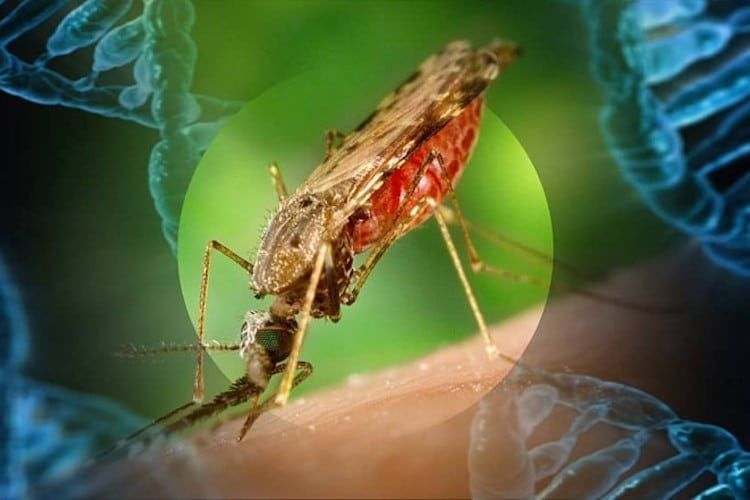
Is DARPA Planning to Infect Insects with GM Viruses for Use in Food Crops?
Continuing from Motherboard, “In an email to Motherboard, a DARPA spokesperson said that four research teams have received allotments of the $45 million funding from the agency as a part of Insect Allies, and that all teams have now entered phase two. The teams include researchers from Penn State University, the University of Texas, and Ohio State University.”
It isn’t difficult to tell what opinion this article represents. Do we need this, or want to trust people with placing genetically modified viruses in the crops that become our grocery store produce?

Hawaii warns tourists about parasite that can infest human brains
If you’re planning a trip to Hawaii, be mindful of what you eat, the state’s Department of Health states in an advisory published last week. Officials are ramping up efforts to warn tourists about rat lungworm disease, an illness caused by a parasite that can infest human brains. The advisory follows an alert from the CDC that confirmed three new rat lungworm cases all linked to Hawaii.
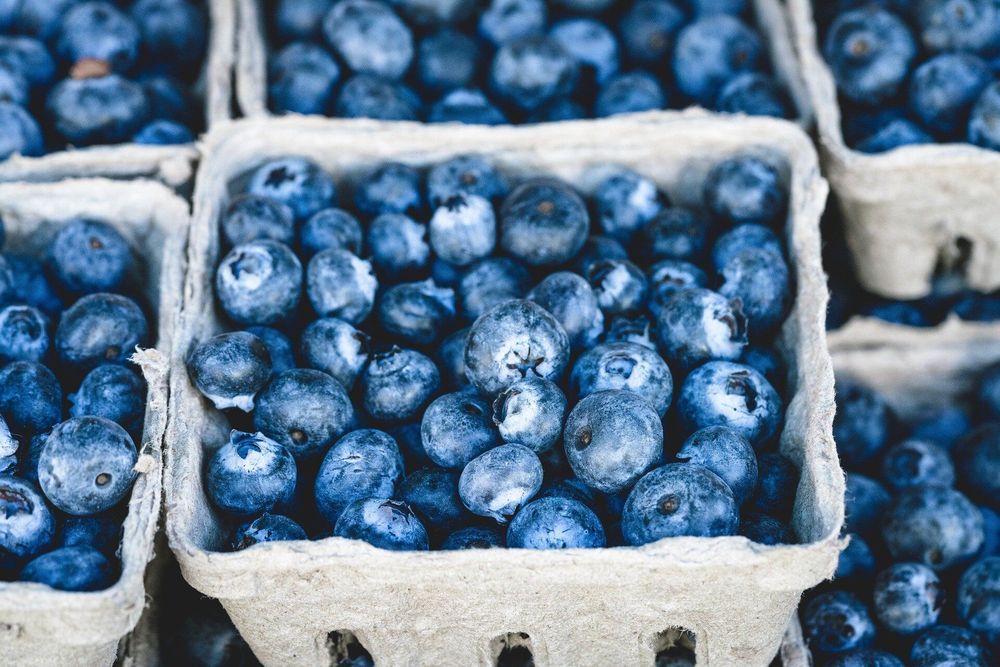
Eating blueberries every day improves heart health
We found that eating one cup of blueberries per day resulted in sustained improvements in vascular function and arterial stiffness—making enough of a difference to reduce the risk of cardiovascular disease by between 12 and 15 percent.
Eating a cup of blueberries a day reduces risk factors for cardiovascular disease—according to new research led by the University of East Anglia, in collaboration with colleagues from Harvard and across the UK.
New findings published today in the American Journal of Clinical Nutrition show that eating 150g of blueberries daily reduces the risk of cardiovascular disease by up to 15 percent.
The research team from UEA’s Department of Nutrition and Preventive Medicine, Norwich Medical School, say that blueberries and other berries should be included in dietary strategies to reduce the risk of cardiovascular disease—particularly among at risk groups.